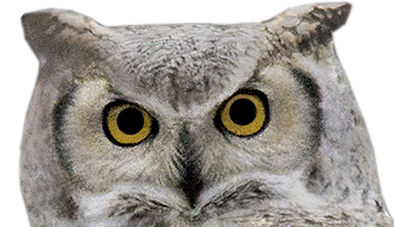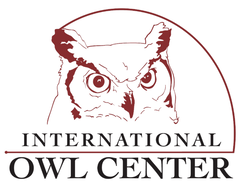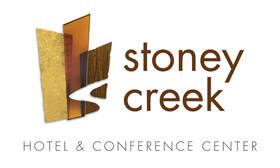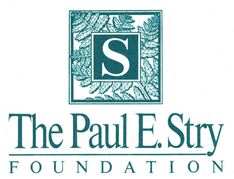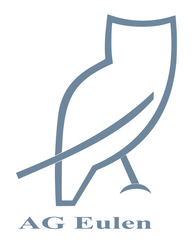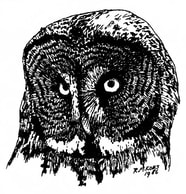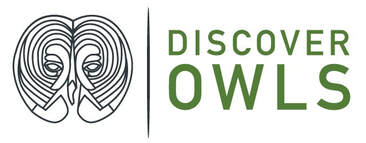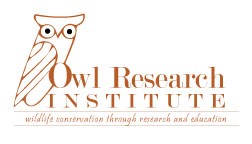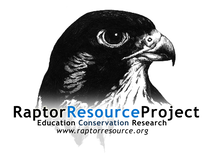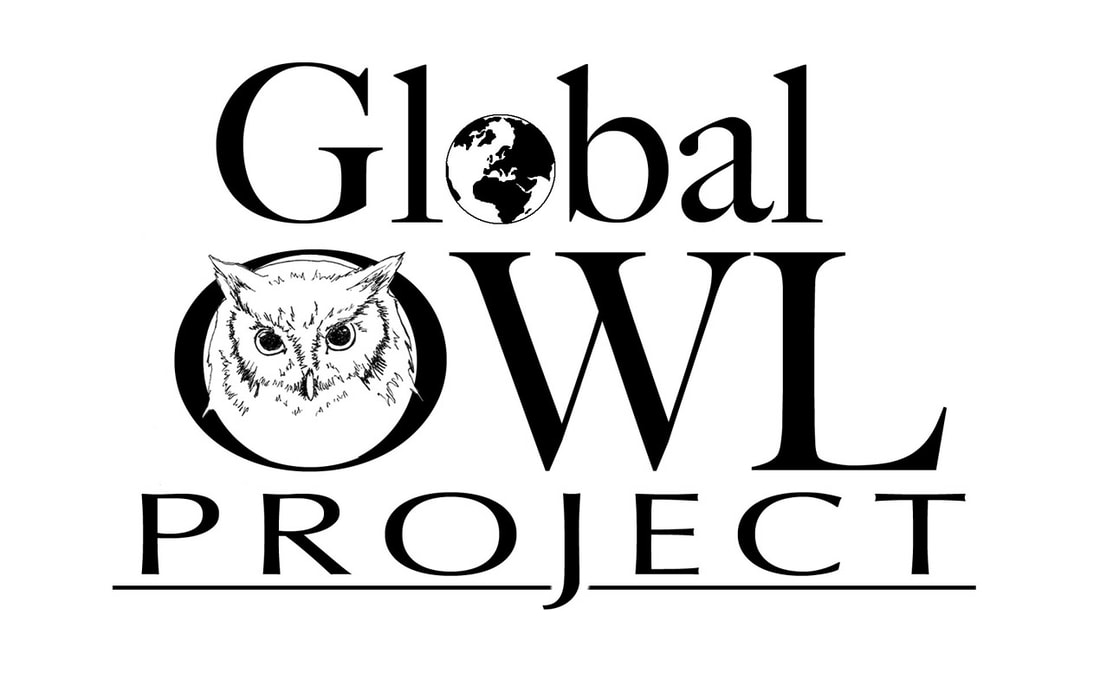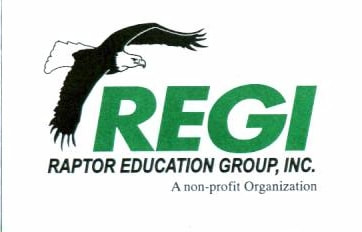Student Awards
STUDENT ORAL PRESENTATIONS:
1st place: Hannah Toutonghi, University of Minnesota-Duluth (USA): Northern Hawk Owl (Surnia ulula caparoch) winter habitat use and movement in Minnesota and Manitoba
2nd place: Rachel Daugherty, Walla Walla University (Washington, USA): Comparing morphometric data of owls within the Barn Owl (Tyto alba) complex to illuminate taxonomic and phylogenetic relationships globally
3rd place: Tory Hartley-Cox, University of Regina (Saskatchewan, Canada): Nest-site selection, home range and resource use of Great Horned Owls (Bubo virginianus) in the mixed-grass prairie of Saskatchewan
STUDENT POSTER PRESENTATIONS:
1st place (tie): Moira Brennan, University of Iceland: Home range size and habitat use of a recently established Long-eared Owl (Asio otus) population in Iceland
1st place (tie): Kristen Baranowski, University of Wisconsin-La Crosse (USA): Foraging habitat of breeding Flammulated Owls (Psiloscops flammeolus) in the Wasatch Mountain range
3rd place: Solai Le Fay, Boise State University (Idaho, USA): A photographic guide to aging Snowy Owl (Bubo scandiacus) chicks from hatching to fledging in Utqiaġvik, Alaska
Each winner received $200 US.
1st place: Hannah Toutonghi, University of Minnesota-Duluth (USA): Northern Hawk Owl (Surnia ulula caparoch) winter habitat use and movement in Minnesota and Manitoba
2nd place: Rachel Daugherty, Walla Walla University (Washington, USA): Comparing morphometric data of owls within the Barn Owl (Tyto alba) complex to illuminate taxonomic and phylogenetic relationships globally
3rd place: Tory Hartley-Cox, University of Regina (Saskatchewan, Canada): Nest-site selection, home range and resource use of Great Horned Owls (Bubo virginianus) in the mixed-grass prairie of Saskatchewan
STUDENT POSTER PRESENTATIONS:
1st place (tie): Moira Brennan, University of Iceland: Home range size and habitat use of a recently established Long-eared Owl (Asio otus) population in Iceland
1st place (tie): Kristen Baranowski, University of Wisconsin-La Crosse (USA): Foraging habitat of breeding Flammulated Owls (Psiloscops flammeolus) in the Wasatch Mountain range
3rd place: Solai Le Fay, Boise State University (Idaho, USA): A photographic guide to aging Snowy Owl (Bubo scandiacus) chicks from hatching to fledging in Utqiaġvik, Alaska
Each winner received $200 US.
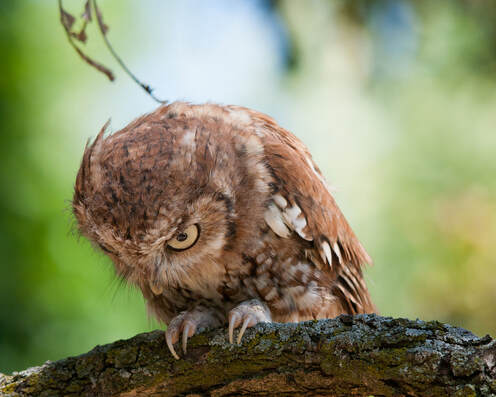
Notice: The abstract deadline closed May 15 and all abstract review is now complete.
We recognize and appreciate the importance of reducing emissions for global warming and the financial expense of attending a conference in person. We also recognize the value of relationships and collaboration that can only happen in person at a conference. Thus, we have the option to attend the conference virtually, but everyone giving an oral or poster presentation must attend in person.
Call for Papers or Posters
Paper or poster presentations of original unpublished studies and research on any aspect of owl biology, including topics such as ecology, conservation, behavior, physiology, genetics, management, taxonomy/systematics, education, and owls in human culture, among others. There will be a special session on Short-eared Owls. Abstracts that meet the following guidelines are welcome no later than 15 May 2023.
Please use the following guidelines to prepare your abstract submission. Abstracts not following these guidelines may be returned to the presenting author for editing.
- Abstract must be in English
- Create the abstract in Microsoft Word
- Use 11-point Times New Roman font, justified, with 1.5 line spacing for the entire document
- Concise title less than 20 words, in 11-point bold font, that indicates the main topic(s) and location of the research being presented. Include both the common and (scientific) name(s) of taxa.
- Author(s) first and last name(s) and affiliation(s). The corresponding author should be indicated by an asterisk and include their email and detailed postal address.
- Body of the abstract
**Click here to see a sample abstract.**
--------
Oral presentations:
Oral presentations submitted may be accepted by the scientific committee as a speed talk or poster presentation depending on the number of submissions and/or the relevance of the research. Authors will be notified of acceptance by 21 June 2023.
Proceedings will be published after the 7th World Owl Conference as an occasional paper of the Minnesota Ornithologists’ Union. Authors wishing to publish their research should submit the full paper by 31 December 2023. Author guidelines will be provided.
Please contact Steve Sheffield if you have specific questions.
We recognize and appreciate the importance of reducing emissions for global warming and the financial expense of attending a conference in person. We also recognize the value of relationships and collaboration that can only happen in person at a conference. Thus, we have the option to attend the conference virtually, but everyone giving an oral or poster presentation must attend in person.
Call for Papers or Posters
Paper or poster presentations of original unpublished studies and research on any aspect of owl biology, including topics such as ecology, conservation, behavior, physiology, genetics, management, taxonomy/systematics, education, and owls in human culture, among others. There will be a special session on Short-eared Owls. Abstracts that meet the following guidelines are welcome no later than 15 May 2023.
Please use the following guidelines to prepare your abstract submission. Abstracts not following these guidelines may be returned to the presenting author for editing.
- Abstract must be in English
- Create the abstract in Microsoft Word
- Use 11-point Times New Roman font, justified, with 1.5 line spacing for the entire document
- Concise title less than 20 words, in 11-point bold font, that indicates the main topic(s) and location of the research being presented. Include both the common and (scientific) name(s) of taxa.
- Author(s) first and last name(s) and affiliation(s). The corresponding author should be indicated by an asterisk and include their email and detailed postal address.
- Body of the abstract
- Less than 300 words
- Succinctly summarize the goals, methods, results, and conclusions of the research
- Common names of species should be capitalized (i.e., Great Horned Owl)
- Scientific names should be reported in italics with parentheses the first time the species is mentioned
- Standard abbreviations should be used for measurements (mm, m, km, g, kg, Hz, s, min, h, °C, etc.), as well as for statistics (r, rs, t, X², F, U, Z, df, SD, SE, N, P)
- Points/periods (.) should be used as decimal marks and commas (,) as thousand separators (i.e. 1,000.00)
- Do not use citations in the abstract
**Click here to see a sample abstract.**
--------
Oral presentations:
- Will be 17 minutes long followed by 2 minutes for questions and 1 minute for transition.
- Speed talks will be 8 minutes long with 1 minute for questions and 1 minute for transition
- Will be arranged by species and common themes
- Will be in a single consecutive session
- Must be in Microsoft PowerPoint wide format, formatted to display properly on a PC computer
- Videos must be embedded and not linked to an online video
- Please bring talks on a USB stick and hand these to Dries Van Nieuwenhuyse, preferably at the start of the conference.
- Poster dimensions should not exceed 112 x 86 cm (44 x 34 in) and should be in landscape orientation
- Include the title and author(s), as stated on the accepted abstract at the top of the poster
- Text and illustrations should be readable from 1.8 m
- Means of attaching posters to cork boards shall be provided to poster presenters
- Presenters are to attach their posters to the board number corresponding to the number assigned to their posters in the final program
- For guidance follow “Ten simple rules for a good poster presentation” https://www.ncbi.nlm.nih.gov/pmc/articles/PMC1876493/
Oral presentations submitted may be accepted by the scientific committee as a speed talk or poster presentation depending on the number of submissions and/or the relevance of the research. Authors will be notified of acceptance by 21 June 2023.
Proceedings will be published after the 7th World Owl Conference as an occasional paper of the Minnesota Ornithologists’ Union. Authors wishing to publish their research should submit the full paper by 31 December 2023. Author guidelines will be provided.
Please contact Steve Sheffield if you have specific questions.
Photo: Eastern Screech-Owl (Megascops asio) (c) Tracy Brunner
